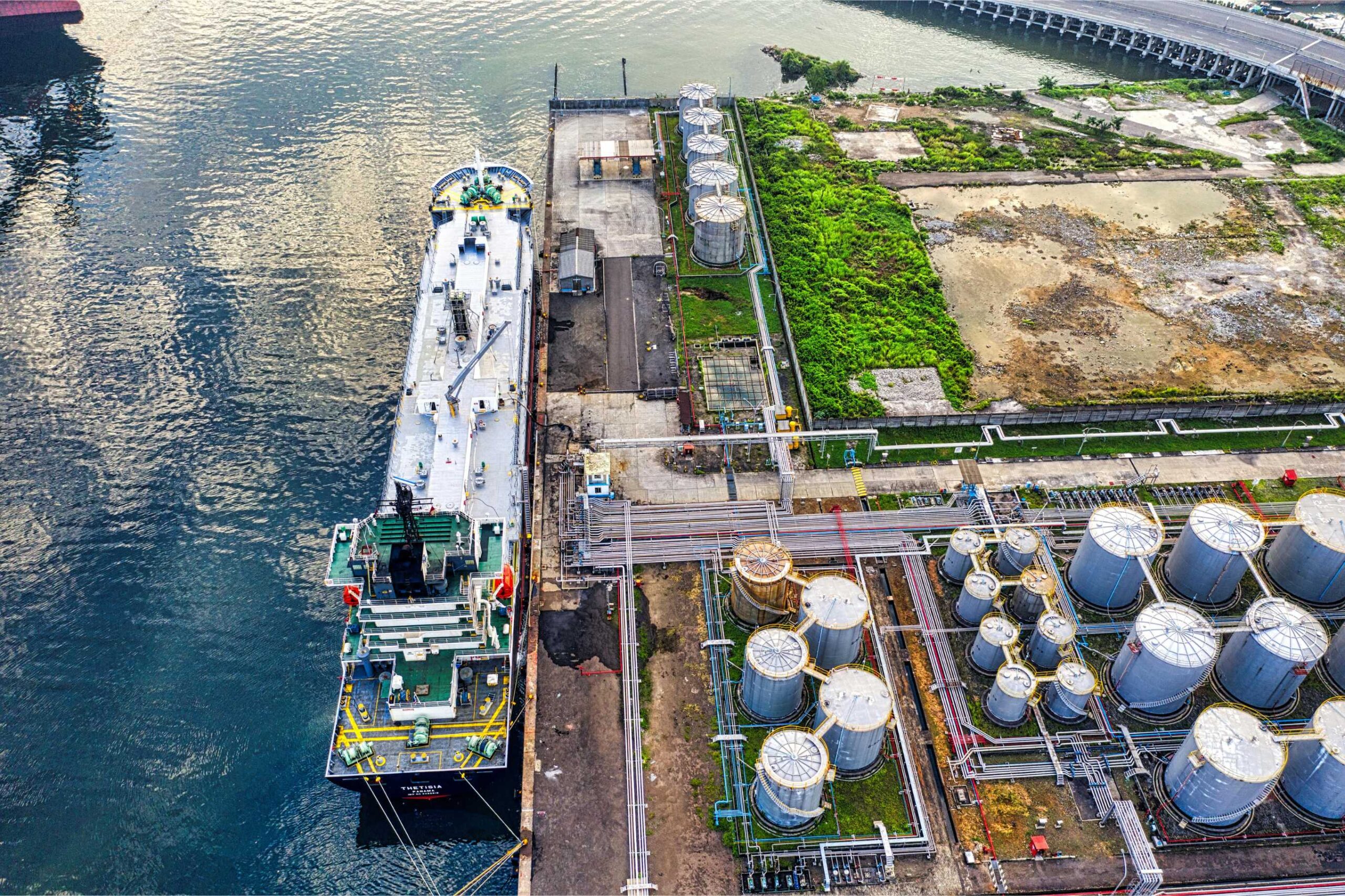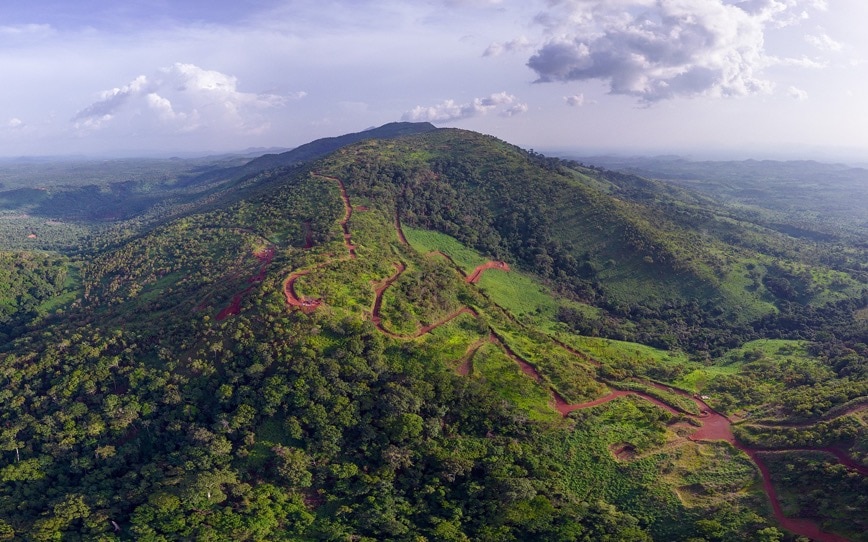Whist the saying ‘horses for courses’ is synonymous with pavement design, the economic success is typically measured on the Whole of Life Costing and providing solutions to meet available current and future road expenditure budgets of the stakeholder.
The present worth of cost (PWOC) and Future worth of Cost (FWOC) are methods to account for varying financial principles including treasuring discount rates and inflation, both of which can affect the asset value and the anticipated maintenance costs over the life of the pavement.
The process of accurately assessing the economic viability and the most appropriate pavement solution typically incorporates the structural design of a number of pavement configurations for the proposed design parameters, whether it is rigid or flexible in nature. This is generally followed by an assessment of the predominant distress mechanism, traffic loading, future growth and any financial implications as a result of remoteness or unavailability of material.
For example, the most appropriate pavement configuration from a structural design perspective may not provide the best outcome in terms of WOLC – depending on site-specific considerations.
When undertaking an economic analysis and WOLC, consideration should be given to:
- Construction costs – the local unit costs and capabilities of contractors, need to be incorporated into each design option, particularly in remote locations and often can vary significantly based on geographical location, the presence of construction constraints and auxiliary works (i.e. hydraulic requirements, service crossings etc.) and consideration given to prevailing weather conditions and traffic control requirements.
- Maintenance costs – the maintenance costs in present and cumulative future value needs to be addressed for each design option and needs to be assessed against future available budgets. It is recognized that flexible pavement will typically require increased maintenance costs over the design life, which may include routine and periodic maintenance expenditure.
- Salvage Value – whilst often difficult to definitively assess, the salvage value of the asset at the end of the proposed design life can be determined by assessing items of residual life, including subgrade formations, existing geometric alignment (clearing, grubbing and site preparation), any opportunity in material recycling or stabilization and whether additional cost is required to dispose of existing pavement.
It is recognized that this assessment can be subjective with regards to a number of variables including projected financial principles, traffic growth and anticipated construction and maintenance costs, however, it is considered a sound starting point and should be verified on local practice.
Are environmental regulations, health and safety concerns or potential profit loss a concern right now?
For more information on Global Road Technology or whole of life costing (WOLC) please contact us.
MORE INDUSTRY ARTICLES
April 19, 2024
LNG: What is it, and why does it Matter?
April 17, 2024
Team Rio Locks In $23 Billion for Simandou
MORE INDUSTRY ARTICLES
April 19, 2024
LNG: What is it, and why does it Matter?
April 17, 2024

